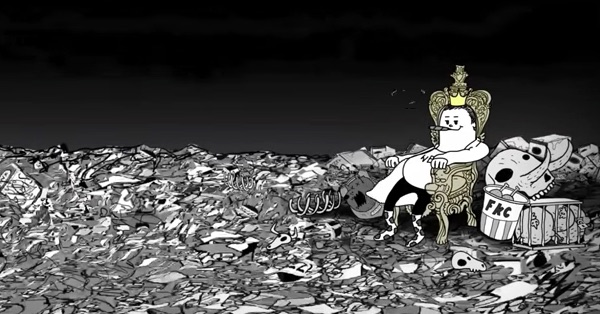We often hear about the impact of the Resource Management Act (RMA) on the economy, but what about its impact on the environment? A new report from the Environmental Defence Society (EDS) answers this question, and the results aren’t pretty.
The short answer is that RMA is only partly successfully at achieving its environmental goals, and as a result the environment has declined since the Act was implemented 1991. In theory it should do a reasonable job, but currently it is being poorly implemented. Future RMA reform needs go beyond fiddling with the Act and engage with the systemic issues raised in this report.
What the RMA does well
The RMA was passed in 1991, and was groundbreaking in its time. For the first time (almost anywhere in the world) it brought together all legislation and regulation governing development into one place. It has been effective at managing ‘point’ sources of pollution, (where one polluter has a big impact on air or water quality), such as sewage plants and factories. And it has provided developers with the ability to offset unavoidable damage by promising to improve the environment elsewhere.
While the RMA has made some improvements in the way we manage our environment, this report shows up several shortcomings, particularly in the way it is implemented. The report found 10 issues, but we’ve grouped together the findings of the EDS report into three basic failings, which apply across both national and local government.
1. Lack of Oversight, Strategy and National Direction
As mentioned, the RMA generally does a good job of dealing with ‘point’ sources of pollution, but it falls down with cumulative impacts. This is where lots of small actions can add up to having a massive negative impact on the environment. Each of these small actions may seen as individually sensible or having a minor impact, but in total they can add up to something serious. There are many examples of this that we can see in our environment today including:
- the increase in intensive farming (such as dairy farming) leading to the build up of nitrogen in our fresh water, contributing to algal blooms;
- deforestation and intensive land use (including building housing) leading to the build up of sediment our waterways and oceans;
- the progressive loss of crucial habitat like wetlands, dunes or lowland forests;
- environments like the ocean where many different human activities are taking place (fishing, acidification, climate change, sedimentation, drilling, shipping) that when put together can have a large impact on the environment.
This is where more strategy and oversight is needed, such as through National Policy Statements. There could also be greater centralized thought put into developing the systems and tools required to manage issues such as water quality, rather than letting each council reinvent the wheel.
2. Local Capture and Capacity to Implement
There are also big failures in implementing the RMA at a local level. In some cases democracy appears to be under threat at a local level, with Councils being captured by vested interests. We have seen this most clearly with the issue of declining water quality, particularly in the case of Horizons Council.
EDS also points out that many smaller Councils don’t have the capacity to manage the complex issues thrown up by the RMA. Part of the answer is resourcing Councils properly so that they have the skills and information to take care of these issues. This is one use that resource rentals for example on fresh water or the use of ocean space could be put to.
3. Lack of Monitoring, Evidence and Evaluation
Like many areas of New Zealand policy, the RMA is a major experiment that has not been evaluated, and we don’t gather evidence about its effectiveness. In fact we don’t even check if the agreements made through the consent process are implemented. More often than not, they aren’t. We need to up our investment in monitoring environmental impacts, and tie that to the performance of both the legislation and those agents that implement it.
Ultimately this sort of information is what should be informing any reform of the RMA. What the information in this report tells us is that the problem isn’t simply the law, the way the law is implemented is at least as important. Instead the Government is fixated on tinkering with the legislation, particularly to fix the problem of NIMBYs preventing development. We seem to have lost sight of what the RMA was initially created to do; the idea that we want development to offer all of us true progress, that it is possible to manage resources in a way that would provide a win/win for the environment and our economy.

